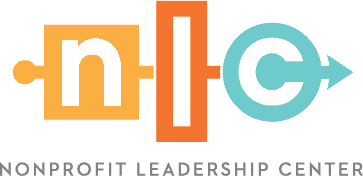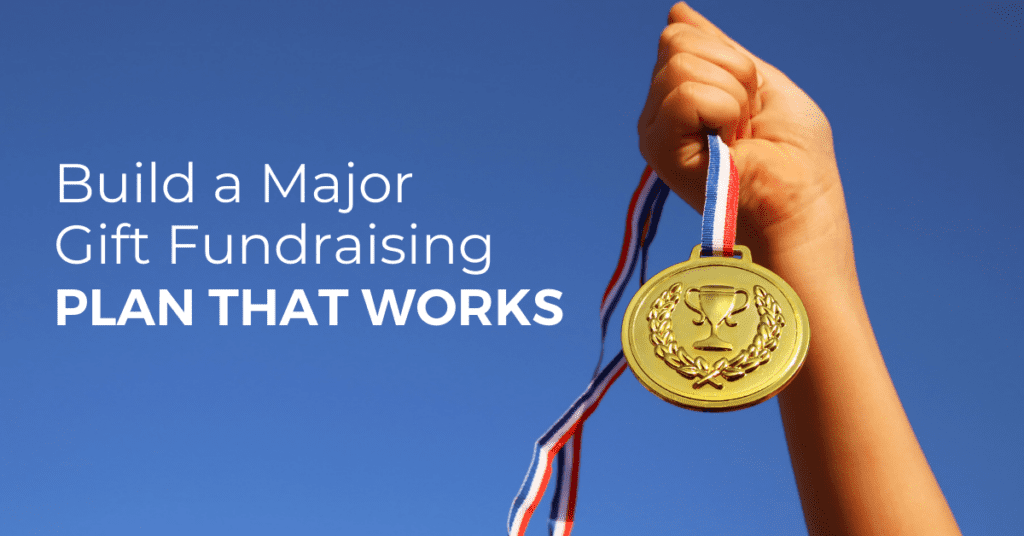During economic downturns, data suggests that Americans typically give less to charity. Understanding how to raise funds in times of uncertainty is critical to respond to some of the greatest challenges our communities and constituents are facing. With the largest source of charitable giving coming from individuals (Giving USA), major gift fundraising is an essential strategy within nonprofit fund development plans. These four reminders shared in a recent training from Nonprofit Leadership Center trainer and fundraising expert Alyce Lee Stansbury will help you get to a yes.
1. Everyone is responsible.
Every person within a nonprofit organization, including all staff and board members, are responsible for fundraising. Potential relationships with prospective donors can come from everyone. Continue to look at the relationships you have in your organization with individuals who possess the ability to provide a major gift. While an organization’s development leadership team and CEO will oversee major gift fundraising, relationships with prospective donors can bloom from anywhere.
2. Earn the right to ask.
Before you can ask a prospective donor to provide a significant gift to your organization, study their “LAI:”
- L — Linkage: What is the prospective donor’s connection with your organization?
- A — Ability: What is the prospective donor’s capacity for making a gift?
- I — Interest: How interested are they in your organization? How do their values and desires authentically align with your mission and funding opportunities?
3. Ask intentionally.
The best way to effectively ask for a gift is to think like an analytical and discerning donor. Here are a few tips to keep in mind:
- The right person should make the ask. When engaging in major gift fundraising, the “asker” should be someone the prospective donor knows and trusts.
- Rehearse, rehearse and rehearse again. Prepare yourself not only for what you are going to say but what you might not say — meaning anticipate any question that may come up and be prepared to provide specifics, particularly as it relates to financial details and stewardship information.
- After you make the ask, wait for the person to respond.
- Before you leave, be sure to secure a commitment or agree to a next step, such as a second follow-up meeting or phone call.
4. Prioritize stewardship and relationship-building.
Major gift fundraising is a cycle. The vast majority of that cycle is about building relationships with your donors so they know you are as committed to them as they are to you. Treating them like partners in your mission is key through regular communications, one-on-one touchpoints, hand-written notes and more. Let them know how their contributions are making an impact and keep them apprised of new initiatives and powerful stories from those you serve. Additionally, seek their ongoing feedback and perspective.
Become a Nonprofit Fundraising Expert
From major gift fundraising to fund development fundamentals, the Nonprofit Leadership Center offers dozens of classes, certificate programs and virtual workshops to help you meet and exceed your nonprofit revenue goals. See the full schedule of upcoming nonprofit leadership learning events and join us for a class.

